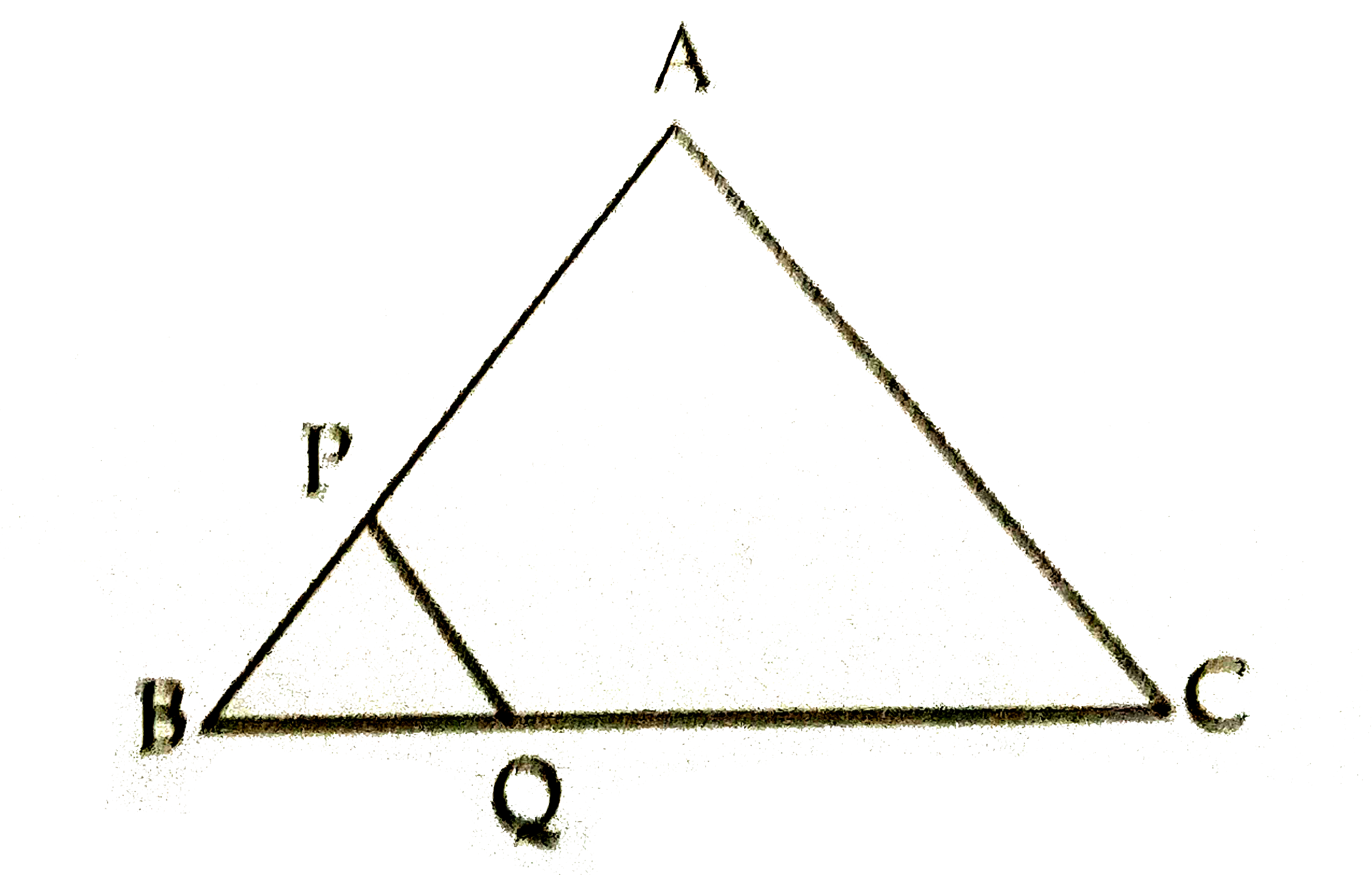which of the following are quadratic equations?
(i) x−5x=3x−9 (ii) (x+3)(x−4)=0
(iii) 5x−3=x2 (iv) n3−n+4=n3
(v) x−3=4x2Solution in Tamil
The correct Answer is:(i),(ii) and (v) are quadratic equations.
Step by step video, text & image solution for which of the following are quadratic equations? "(i) " x-5/x=3x-9 " (ii) " (x+3)(x-4)=0 "(iii) " 5/x-3=x^(2) " (iv) " n^(3)-n+4=n^(3) (v) x-3=4x^(2) by Maths experts to help you in doubts & scoring excellent marks in Class 10 exams.
Topper's Solved these Questions
- BOOK - CHETAN PUBLICATIONCHAPTER - QUADRATIC EQUATIONSEXERCISE - ASSIGNMENT12videos
QUADRATIC EQUATIONS
- BOOK - CHETAN PUBLICATIONCHAPTER - QUADRATIC EQUATIONSEXERCISE - PROBLEM SET 250videos
QUADRATIC EQUATIONS
- BOOK - CHETAN PUBLICATIONCHAPTER - PYTHAGORAS THEOREMEXERCISE - ASSIGNMENT -51videos
PYTHAGORAS THEOREM
- BOOK - CHETAN PUBLICATIONCHAPTER - SIMILARITY EXERCISE - ASSIGNMENT-112videos
SIMILARITY
Similar Questions
If α and β are the roots of quadratic equation 2x2+4x+3=0, then the value of α+β=
03:54View SolutionWhich of the following are quadratic equations?
x2+2x+11=003:09View SolutionSolve the following sub question :
In an equilateral triangle ABC, the side BC is trisected at D. prove that 9AD2=7AB202:12View SolutionSelect the appropriate alternative : In the adjoining figure ,PQ∣∣AC.BP=6,PA=8,BQ=9 , then QC = ……………
 04:21View Solution
04:21View SolutionWhich of the following are quadratic equations? 16x2−3=(2x+5)(5x−3) (ii) (x+2)3=x3−4 (iii) x(x+1)+8=(x+2)(x−2)
01:02View Solutionsin^(2) x+2sin x cos x-3cos^(2) x = 0 if (i) tan x = 3 (ii) tan x = -1 (iii) x = n pi+(pi)/(4) , n in I (iv) x = n pi+tan^(-1) (3), n in I
View SolutionIf lim_(x rarr3)(x^(n)-3^(n))/(x-3)=108,n in N then value of n is (i)5(ii)4(iii)6(iv)6
05:25View SolutionWhich of the following is a quadratic equation?
(i) x2+2x+1=(4−x)2+3 (ii) −2x2=(5−x)(2x−25)
(iii) (k+1)x2+32x=7 wherek=−1 (iv) x3−x2=(x−1)305:20View SolutionClassify the following as linear quadratic and cubic polynomial :
(i)x3+x2+3 (ii)x2+5 (iii)x3−x (iv)3x (v)x+310:20View SolutionFind the derivative of
(i) 2x−34 (ii) (5x3+3x−1)(x−1) (iii) x−3(5+3x) (iv) x5(3−6x−9)
(v) x−4(3−4x−5) (vi) 2x+1−x23x−102:24View SolutionThe SN1 reactivity of the following halides will be in the order:
(i) (CH3)3C−Br
(ii) (C6H5)CHBr
(iii) (C6H5)2C(CH3)Br
(iv) (CH3)2CHBr
(v) C2H5Br07:48View Solutionनिम्नलिखित में से प्रत्येक बहुपद की घात बताइए : (i) 9 , (ii) 3 , (iii) 0 , (iv) 2x+5
(v) 2x2+4x+5 , (vi) (x+3)(x+4)
(vii) 2x(x2+9) , (viii) x3+2x2+4xx03:33View Solutionनिम्नलिखित के अवकलज ज्ञात कीजिए : (i) 2x−34
(ii) (5x3+3x−1)(x−1)
(iii) x−3(5+3x)
(iv) x5(3−6x−9)
(v) x−4(3−4x−5)
(vi) 2x+1−x23x−105:35View Solutionनिम्नलिखित में से रैखिक, द्विघात और त्रिघात बहुपद को छाँटिए :
(i) x3+x2+3 (ii) x2+5 (iii) x3−x (vi) 3x (v) x+302:43View Solutionनिम्नलिखित असमिकाओं को हल करें
(i)3(x−2)5≥5(2−x)3 (ii) 11−2x5≥9−3x8+34,x∈N
(iii) 4+2x3≥x2−3 (iv)35x−2x−13>1,x∈N
(v)5x2+3x4≥39402:47View Solution

